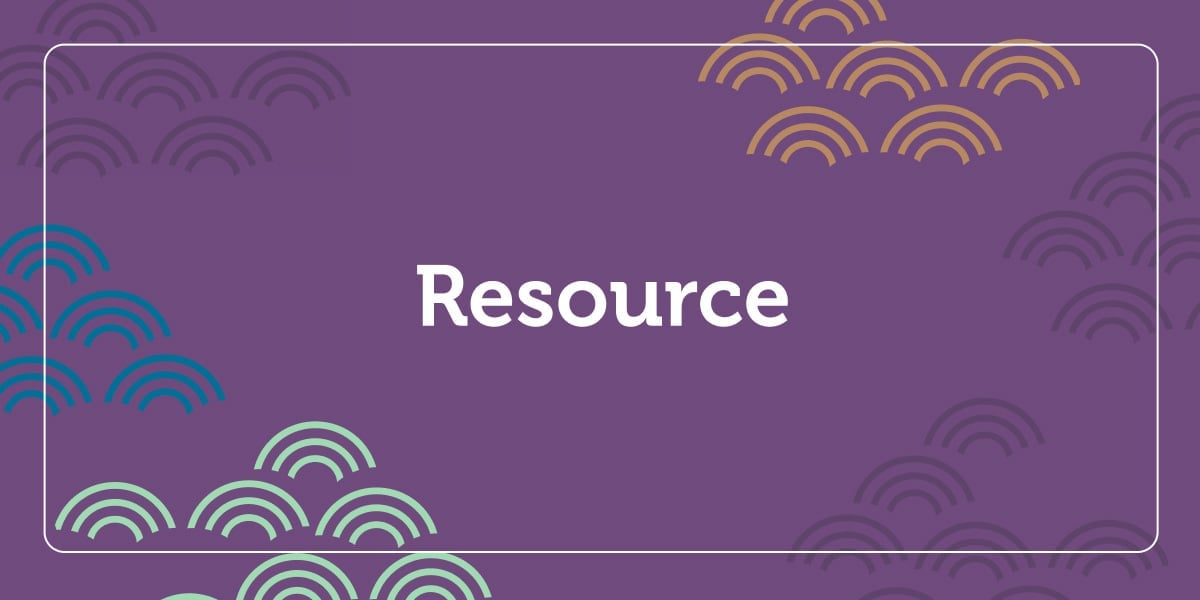Movement activities for preschoolers are a fun way to help young children grow and learn. Abigail Flesch Connors’ new book Shake, Rattle, and Roll is full of infant and toddler activities, focusing on how music activities for infants and toddlers can help develop critical language, math, science, and music skills in their early childhood.

Movement activities for preschoolers are a fun way to help young children grow and learn. Abigail Flesch Connors’ new book Shake, Rattle, and Roll is full of infant and toddler activities, focusing on how music activities for infants and toddlers can help develop critical language, math, science, and music skills in their early childhood.
Below are some popular activities from Shake, Rattle, and Roll that are fun for both infants and toddlers!
Infant Activity:
All the Little Sticks
From Connors: Even toddlers can enjoy this activity. However, I do recommend that toddlers and two-year-olds use one stick rather than two. You will find that many children like to sing along to this one- the like the tappy-tappy-tap sequence.
Steps:
1. Tap the sticks together (or on the floor if using one stick), and since to the tune of “Glory, Glory, Hallelujah” (also the tune of “Little Peter Rabbit”).
All the little sticks are going tappy-tappy-tap.
All the little sticks are going tappy-tappy-tap.
All the little sticks are going tappy-tappy-tap.
That’s what they like to do!
Additional verses:
All the little sticks are going rolly-rolly-roll… (roll the sticks together on the floor)
All the little sticks are going slidey-slidey-slide… (slide the sticks on the floor in a vacuuming motion)
All the little sticks are going wiggly-wiggly-wiggle… (hold the sticks leaning on the floor and wiggle them)
2. Ask the children to contribute their own ideas for additional stick motions.
Learning Benefits:
- Curiosity
- Fine-motor skills
- Improvisation and creative thinking
- Rhythmic awareness
- Sequence (making a sequence out of movement words)
- Social Skills
Toddler Activity:
Jingly, Jingly, Joe
Young children love nonsense words, and there are a lot of them in this very silly song.
Steps:
1. Shake the bells to the beat and on the body parts indicated in the song. Sing to the tune of “Hickory Dickory Dock”:
Jingly, jingly, Joe,
I jingle on my toe.
I jingle up,
I jingle down.
Jingly, jingly, Joe!
2. After the first verse, you can pause before you name the body part in each verse, to see if the children can guess what it is. Additional verses:
Jingly, jingly, jee, I jingle on my knee…
Jingly, jingly, joulder, I jingle on my shoulder…
Jingly, jingly, jed, I jingle on my head… (very gently)
Jingly, jingly, jingers, I jingle on my fingers… (gently shake the bells on fingers of opposite hand)
3. Ask the children for ideas for other body parts to jingle.
Variation: Children love to hear their names in a song. Ask the children to volunteer different ways to play the bells. Then, as you use each child’s idea, sing the child’s name: “Jingly, jingly, jarah, I play my bells like Sarah,” and so forth. Young children always giggle at the funny ways their names sound with a J. Of course, if the name really does start with a J, you will need to improvise. How about, “Zingly, zingly, zaylen, I play my bells like Jaylen”?
Learning Benefits:
- Auditory discernment (listening to the J word and guessing which body part it rhymes with)
- Curiosity (wondering what the next body part will be)
- Fine-motor skills
- Improvisation and creative thinking
- Kinesthetic awareness (feeling of bells on different parts of the body)
- Phonemic awareness (making nonsense rhymes with body parts)
- Social skills


